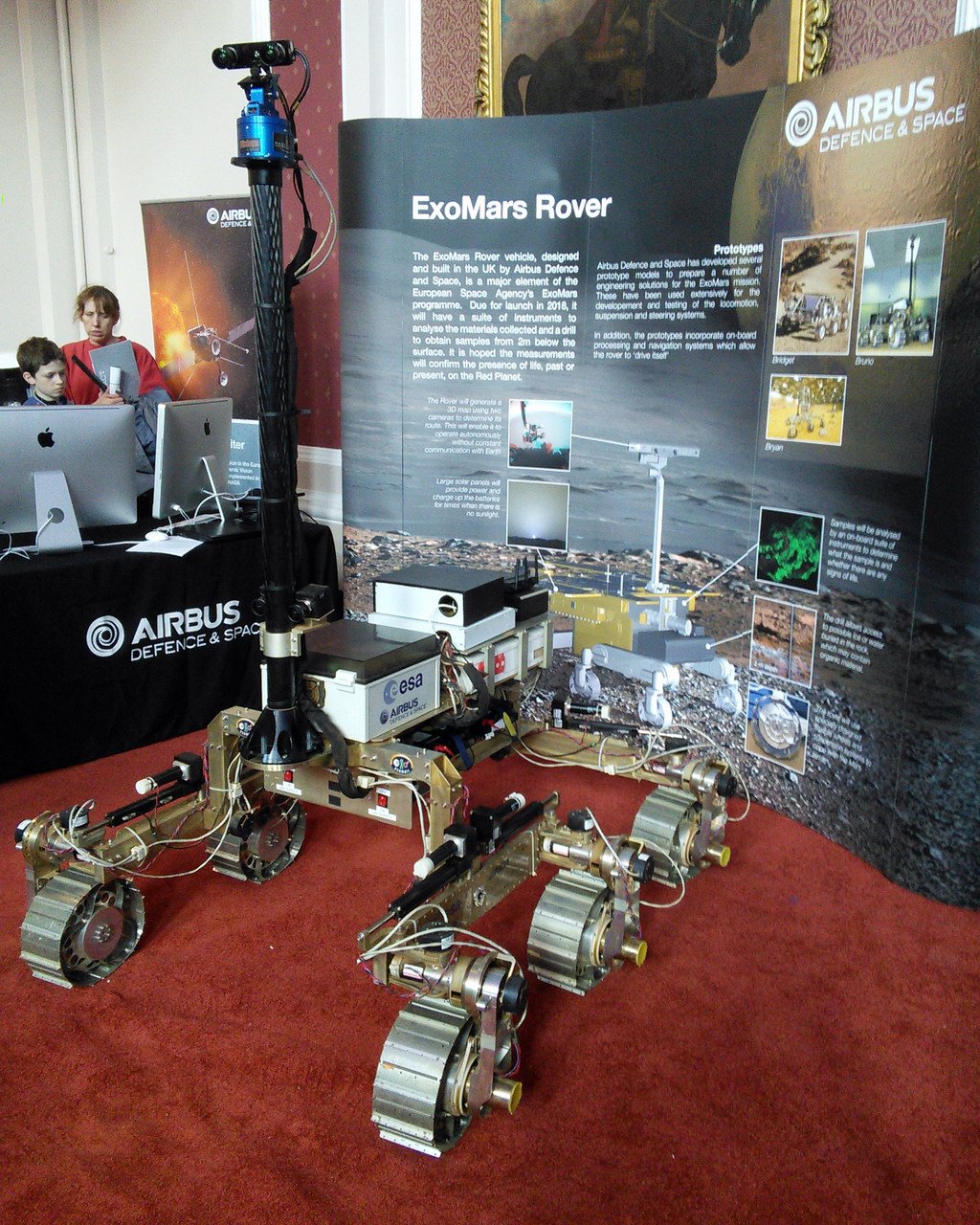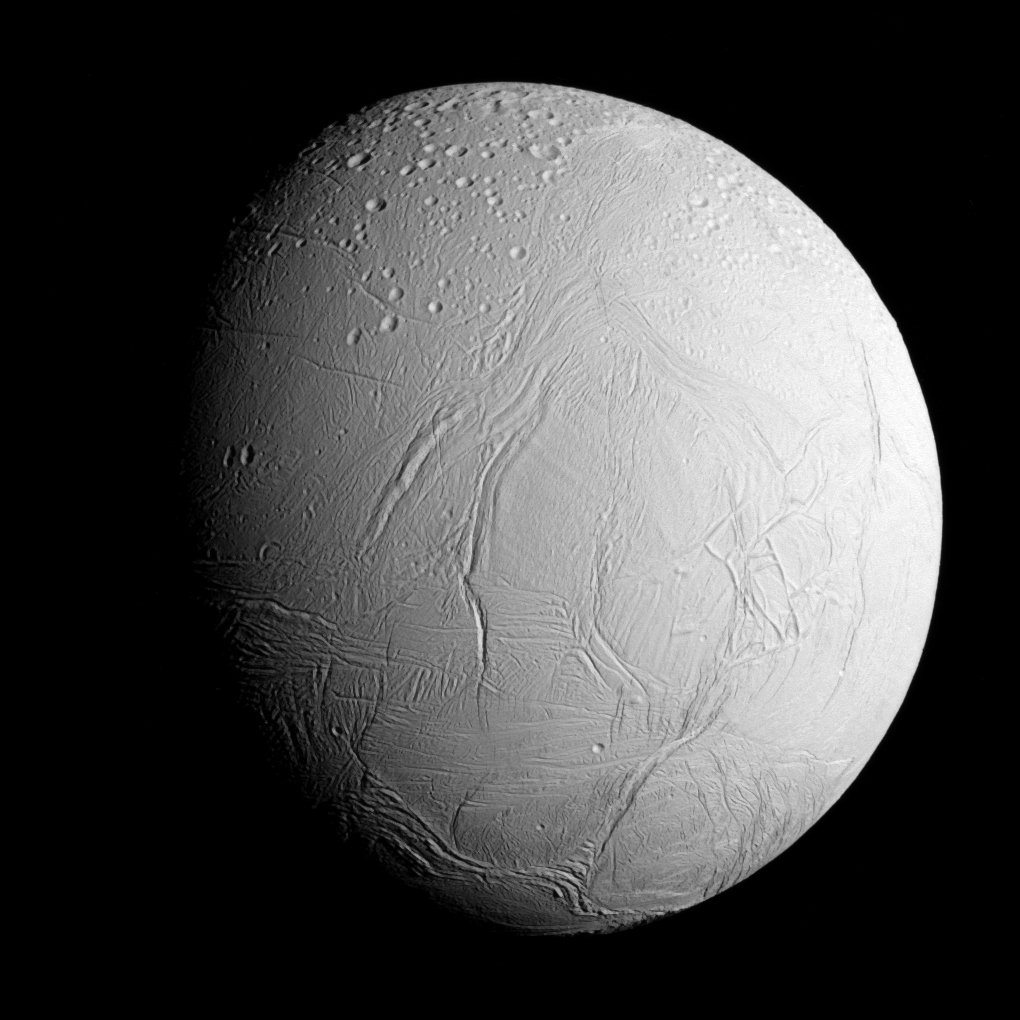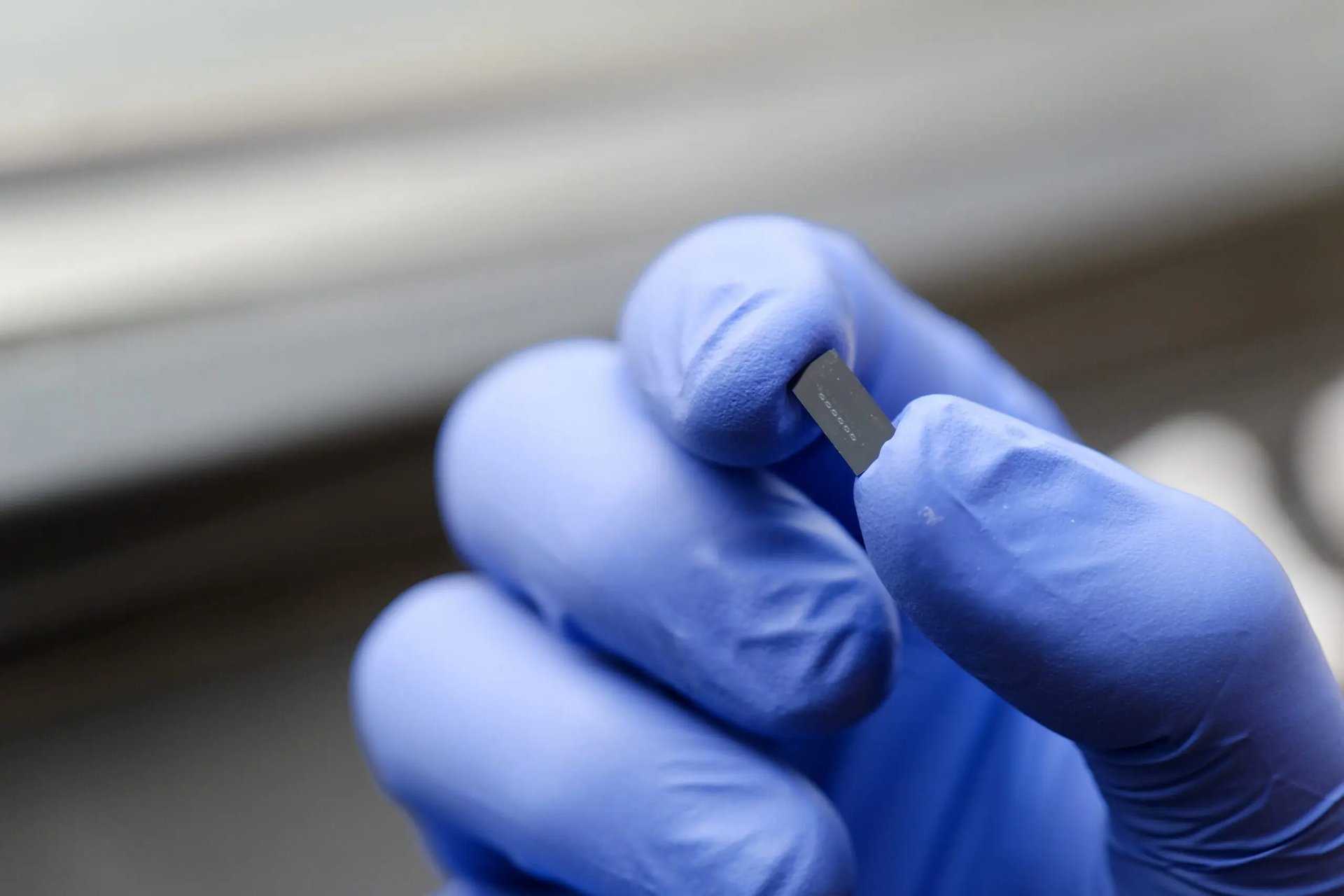The search for extraterrestrial life may soon get a revolutionary new tool which is no bigger than a soft drink can. A team of Dutch scientists are developing the (Origin of) Life Marker Chip (LMCOOL), a device that could detect signs of life on distant worlds. The LMCOOL is best described as a tiny yet complete laboratory in the form of a computer chip. This device is being developed by a Dutch consortium led by TU Delft, along with researcher Jurriaan Huskens (from the University of Twente) and the team working to make the optical sensor particularly sensitive for the required biomarkers.
The chip works because it has been programmed to identify specific molecules in liquids like amino acids that could suggest life. What makes this new device particularly interesting is its ability to distinguish between biological and non biological origins through the detection of molecular mirror images.
"An important step forward is that we are going to selectively recognise a mirror image of an amino acid. After all, living organisms make only one of the mirror images, and so this recognition is essential to determine whether the amino acid comes from a life process or not.” - Jurriaan Huskens from TU Delft.
One of LMCOOL's greatest advantages is its compact size and minimal weight. Current life detection instruments on Mars for example are the size of a microwave oven and weigh between ten and twenty kilograms. By contrast, LMCOOL will weigh only 700 grams and in space exploration, every kilogram of launch mass saved, matters. At the heart of LMCOOL lies an integrated photonic chip, a chip that is the optical equivalent of an electronic computer chip but it manipulates light instead of electrons. This study will lead to the first time that such a device has been flown in space.
Perhaps surprisingly, the idea was first proposed more than twenty years ago for the European Space Agency’s ExoMars mission. Although ESA eventually selected other instruments, project partners remained enthusiastic about the idea. With funding support from the NSO Instruments Program, the instrument is now being further developed for use on a number of future planetary missions.
 Prototype of the ExoMars lander at the Cambridge Science Festival (Credit : CMGLEE)
Prototype of the ExoMars lander at the Cambridge Science Festival (Credit : CMGLEE)
As with many new technologies, a key challenge is testing and preparing the chip for the extreme conditions of space. In Delft, the team have been investigating how the chip can function reliably under extreme temperatures, radiation, and vacuum conditions, and what measures are needed to keep the system operational during missions into the Solar System.
Saturn’s moon Enceladus would be a prime target for LMCOOL because it offers something no other world does. This small moon of Saturn harbours a vast subsurface ocean beneath its icy crust and it shoots samples of this ocean directly into space through geysers at its south pole. Previous missions have already detected organic compounds, salts, and signs of hydrothermal activity in these plumes, suggesting the ocean has all the ingredients necessary for life. The ocean liquid is therefore easily accessible for study for tiny sophisticated sensors like LMCOOL.
 NASA's Cassini spacecraft captured this view of Enceladus as it approached for its closest dive past the moon's active south polar region. Moon's like Enceladus with subsurface oceans may well be great first destinations for LMCOOL as it attempts to find life (Credit : NASA)
NASA's Cassini spacecraft captured this view of Enceladus as it approached for its closest dive past the moon's active south polar region. Moon's like Enceladus with subsurface oceans may well be great first destinations for LMCOOL as it attempts to find life (Credit : NASA)
Whilst the timeline for delivering LMCOOL remains ambitious, any future exploration of Saturn is unlikely for at least 25 years. Yet for for the team of Dutch scientists this extended timeline doesn't in any way, reduce their dedication to the project. Exploration of the outer Solar System is not for the impatient though with missions requiring years of development followed by nearly a decade of travel time! For many scientists on such projects, they can spend a significant proportion off their working life on one project! But the outcome in this case is might well turn out to be extraordinary, this tiny chip no bigger than a soft drink can, may hold the key to answering one of humanity's most profound questions…are we alone in the universe?
Source : Small chip, grand mission: Searching for signs of extraterrestrial life
 Universe Today
Universe Today
